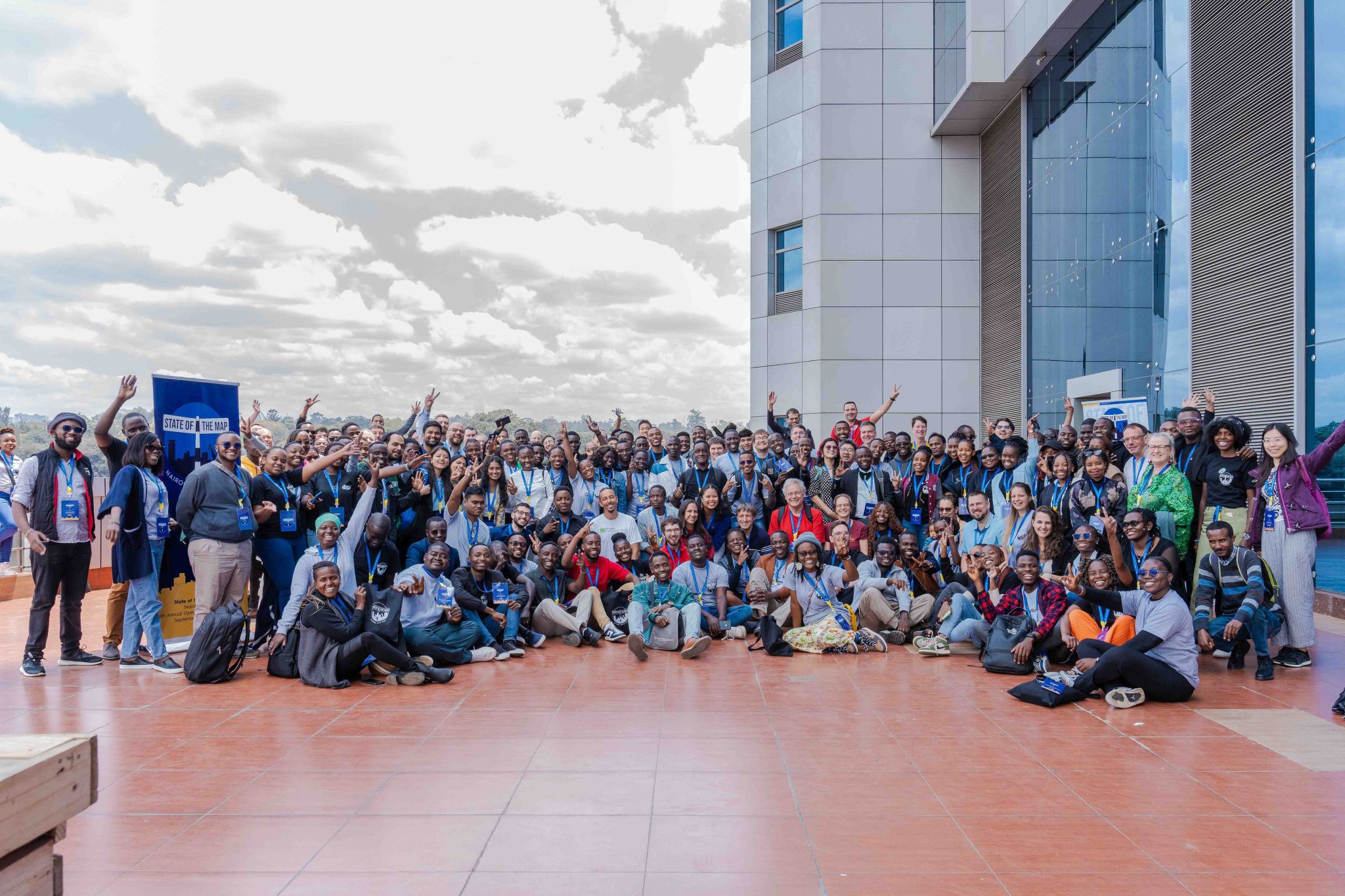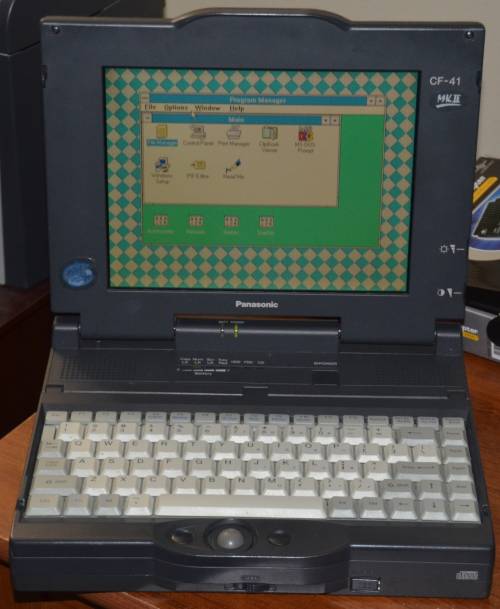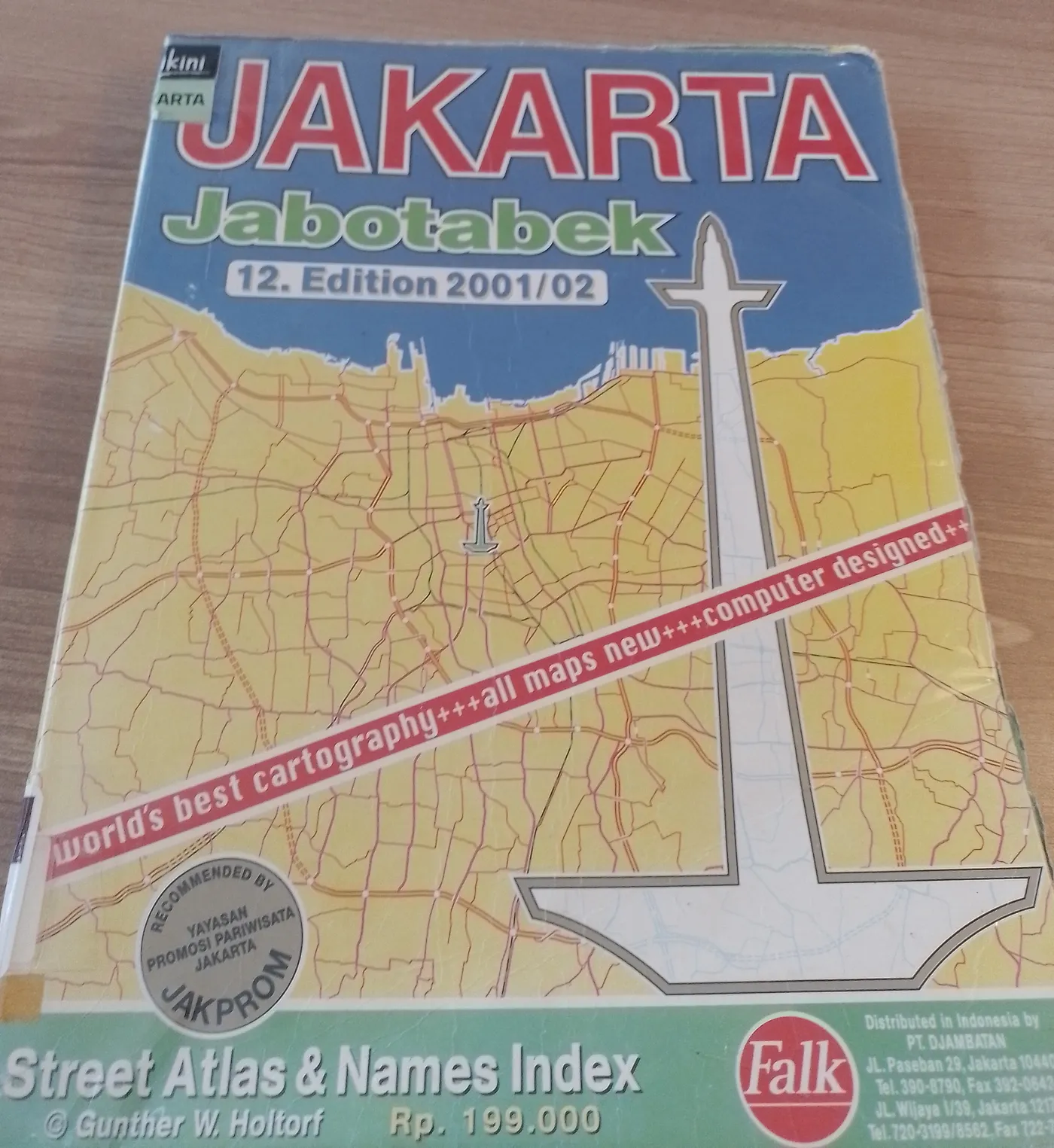I’ve suggested an updated version of the diagrams explaining the tagging of railway stations. The goal is to make them simpler to understand, especially for newcomers, without losing the core meaning. There have already been some feedback and interesting ideas for further improvements.

I invite you to join the discussion — your input would be highly appreciated!





 Huge thanks to our amazing team of mappers whose hard work and passion made this possible. 💪🌍 Let’s keep mapping for impact and making a difference together!
#YouthMappers #MappingForImpact #MappingMetricsAward #OpenStreetMap #OSM #GeoYouth #ProudMoment
Huge thanks to our amazing team of mappers whose hard work and passion made this possible. 💪🌍 Let’s keep mapping for impact and making a difference together!
#YouthMappers #MappingForImpact #MappingMetricsAward #OpenStreetMap #OSM #GeoYouth #ProudMoment






